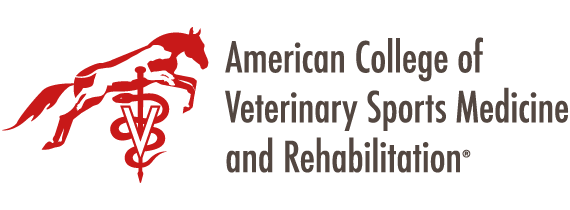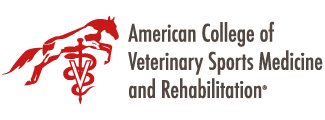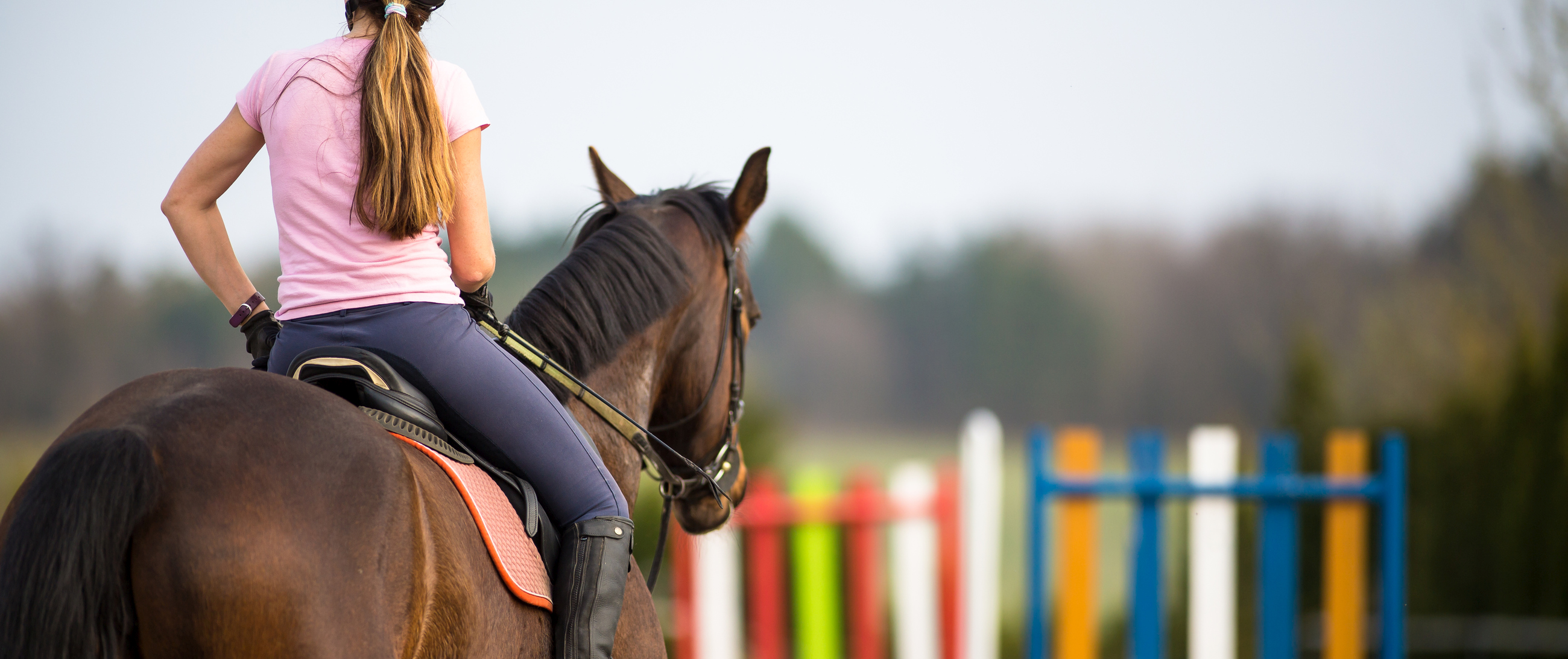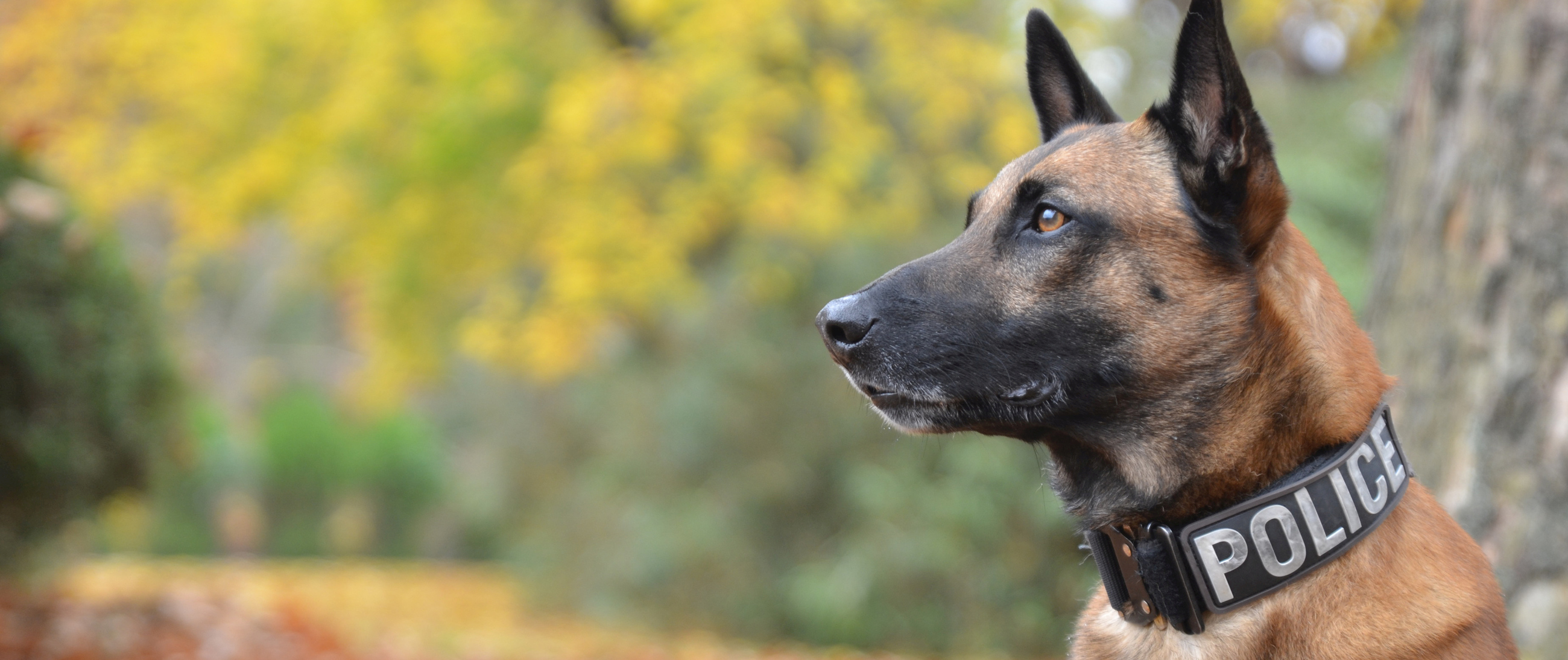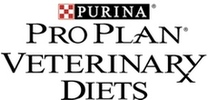March 13th Virtual Program
The American College of Veterinary Sports Medicine and Rehabilitation is pleased to present our annual continuing education program virtually! While we all miss the collegiality of an in-person meeting, ACVSMR remains dedicated to providing high-quality educational programs on important topics in sports medicine and rehabilitation as well as fostering research in the specialty.
* These programs has been approved for continuing education credit in jurisdictions that recognize RACE approval for attendees who participated in the live sessions.
Gait Analysis in Canine Clinical Practice
Bryan T. Torres, DVM, PhD, DACVS, DACVSMR
This session will explore gait and motion analysis in companion animals. In this lecture we will discuss the fundamentals of motion analysis (kinetic and kinematic) and review the basics behind currently available equipment and measurement techniques and methods for use in companion animals.
Learning Objectives:
- Review the fundamentals of kinetic and kinematic gait analysis
- Learn the basics behind currently available gait analysis equipment
- Learn how to apply gait collection techniques to clinical patients
Biomechanics of the Equine Foot and Interphalangeal Joints: Applications to Corrective Shoeing
Jean Marie Denoix DVM, PhD, DACVSMR
Essential anatomical data of the equine foot concerning bone architecture, joints, tendons and ligaments are first described. Then a special part of the lecture is focused on the biomechanics of the corium of the foot to explain the role of the dermal and epidermal lamellae junction in load absorption. This is followed by a detailed description of the functional anatomy and biomechanics of the interphalangeal joints (including the concept of collateromotion – Denoix 1999) based on original experimental data. The biomechanical behavior of every individual anatomical structure of the interphalangeal joints is presented to provide insight into the etiopathogenesis of distal limb injuries. These data are essential for establishing a rational corrective shoeing of podotrochlear (navicular) apparatus lesions, subchondral bone injuries and collateral desmopathies.
Clinical Study Design – Outline for Planning Research Using Clinical Patients (“Dos and Don’ts”)
Steve Martinez DVM, MS, DACVS, DACVSMR
We are all taught the principles of scientific methodology at an early age but the applications of these principles to develop, implement, and complete a clinical-based study using patients can have significant challenges to the investigator(s). To provide guidance for the developing clinical investigator or a review for the experienced clinical investigator, this presentation will briefly cover the concepts of “Good Clinical Practice Guidelines” as they apply when developing and conducting a clinical study. Further discussion will also include the principles of hypothesis development, retrospective vs prospective study designs (with or without blinding), critical subject numbers, proof of concept/pilot studies, patient recruitment strategies, consent, documenting adverse events, data analysis, study metrics, and a brief review of CVM/FDA supervised/directed studies and the post-study review process.
The Cutting Edge of Treating Osteoarthritis
Jennifer G. Barrett, Ph.D., DVM, DACVS-LA, DACVSMR
How do new therapies and supplements influence lameness due to osteoarthritis in dogs, horses and people? This lecture will cover key findings in Regenerative Medicine, including blood based-biologics, stem cell therapies, and gene therapy, as well as oral supplements. The scientific background, clinical evidence, and clinical experiences will be discussed. The learning objective for this lecture is to convey a deep and broad understanding of osteoarthritis treatments available now, and potentially available in the future.
Featured Speakers

Dr. Bryan T. Torres
DVM, PhD, DACVS, DACVSMR
Dr. Torres is an Assistant Professor of Small Animal Orthopedic Surgery and Director of the Motion Analysis Laboratory at the University of Missouri, College of Veterinary Medicine. He is board-certified by the American College of Veterinary Surgeons (ACVS) and the American College of Veterinary Sports Medicine and Rehabilitation (ACVSMR). He received his B.S. from Clemson University and his DVM from the University of Georgia (UGA). After graduation he stayed at UGA for a rotating internship in small animal medicine and surgery. Following his internship, he worked for several years as a small animal practitioner in the Atlanta area. He then returned to UGA to complete a postdoctoral research fellowship focused on gait analysis, musculoskeletal biomechanics, and osteoarthritis. He then stayed at UGA for a small animal surgical residency followed by a PhD in physiology. He has research interests in gait and motion analysis, musculoskeletal and joint biomechanics, sports medicine and rehabilitation, and osteoarthritis and pain management.
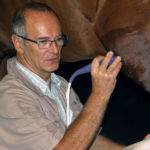
Dr. Jean Marie Denoix
DVM, PhD, DACVSMR
Dr. Jean-Marie Denoix is a professor of veterinary anatomy and equine locomotor system pathology at Ecole Nationale Veterinaire d’Alfort in France. Since 1999, he also has served as the head of CIRALE-Normandy (Center of Imaging and Research on Equine Locomotor Affections). Dr. Denoix received his veterinary degree (DVM) from the National Veterinary School of Lyon. Since 2006, he has served as president of the International Society of Equine Locomotor Pathology (ISELP). In 2010, he became an Associate Member of the Large Animal section of the European College of Veterinary Diagnostic Imaging, and in 2013, he became a Diplomate of the American College of Veterinary Sports Medicine and Rehabilitation. Dr. Denoix specializes in the diagnosis and imaging of equine locomotor problems and causes of poor performance. His research interests include the locomotor system of the horse; anatomy; diagnostic imaging in horses, especially ultrasonography of joints; biomechanics and functional anatomy of the equine locomotor system; and lameness and rehabilitation.

Dr. Steve Martinez
DVM, MS, DACVS, DACVSMR
Dr. Martinez is a graduate of the University of California at Davis, where he obtained his Master of Science and Doctor of Veterinary Medicine degrees. He was a small animal medicine and surgery intern at the California Animal Hospital in Los Angeles, California and completed a small animal surgery residency at Michigan State University, East Lansing, Michigan. Dr. Martinez is a Diplomate of the American College of Surgeons and the American College of Veterinary Sports Medicine and Rehabilitation. He is currently Professor of Small Animal Orthopedics and Sports Medicine at Washington State University and is an active faculty member of AOVet. Dr. Martinez’s clinical interest is osteoarthritis management that centers on arthroscopic-assisted chondroplasty, total joint replacement, muscle strain and rehabilitation of sporting and working dogs, and musculoskeletal traumatology. His research focus has been the clinical management of osteoarthritis (arthroscopy, nutraceuticals, NSAIDs, analgesics), tendinopathies, and gait analysis with a special interest in surface electromyography in dogs.

Dr. Jennifer G. Barrett
Ph.D., DVM, DACVS-LA, DACVSMR
Dr. Barrett is the Theodora Ayer Randolph Professor of Equine Surgery at Virginia Tech’s Marion duPont Scott Equine Medical Center. Her training includes: Ph.D. in Cell and Molecular Biology from Yale University, DVM from Cornell University, post-doctoral fellowship in Comparative Orthopedics at the University of Wisconsin, and clinical board certifications in both equine surgery (ACVS-LA) and equine sports medicine (ACVSMR-EQ). She heads a Regenerative Medicine and Orthopedic Research program and is Chief Specialty Editor of the Veterinary Regenerative Medicine section of Frontiers in Veterinary Science.
